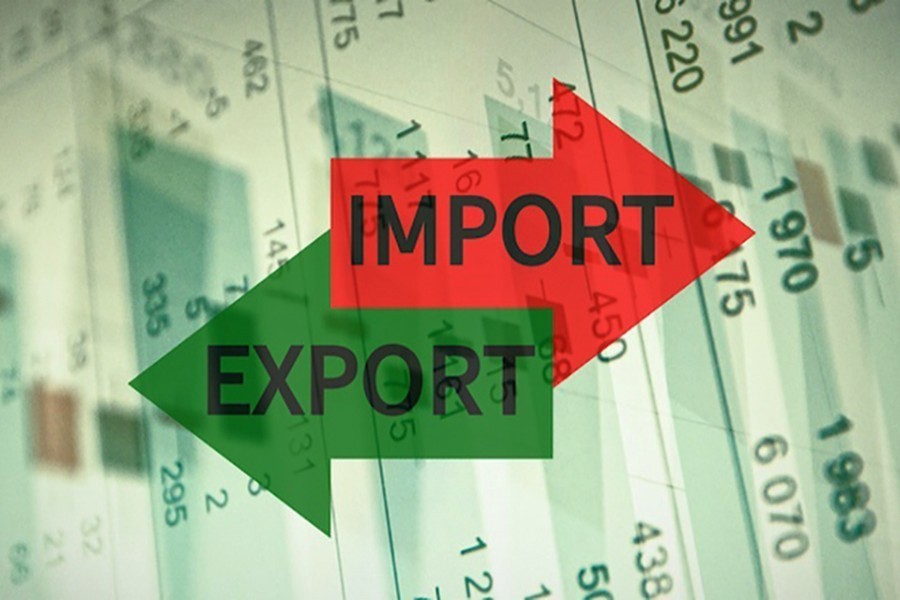
Published :
Updated :

Though Bangladesh is said to be India's largest trading partner in the South Asian region enjoying duty-free market access of its exportable goods to that country, the trade is still not free from various encumbrances including non-tariff and para-tariff barriers. Especially, anti-dumping duty on several Bangladeshi export items such as jute goods, hydrogen peroxide and the new customs rules of origin can be cited as the hurdles coming in the way of increasing Bangladesh's export to India.
Notably, such an issue cropped up last year when upon receiving complaints from Indian industries concerned that some Bangladeshi companies were dumping their product, the Clear Floating Glass (CFG), on Indian market, the country's (India's) Directorate General of Trade Remedies (DGRR) informed the Bangladesh High Commission in Delhi of the matter. At the same time, the Bangladeshi exporters of the commodity in question were required to provide necessary information to DGTR within a stipulated period. Meanwhile, the Bangladesh government also raised the issue with its Indian counterpart requesting the latter not to impose any such restrictive measure on the Bangladeshi export item, explaining why the CFG of Bangladesh origin should not come under the purview of India's anti-dumping duty (ADD) protocol. Interestingly, though the DGTR latter recommended measures like imposing ADD on CFG, the Indian finance ministry has not so far acted in response to DGTR's suggestion. What is more, despite the investigations following Indian businesses' allegations, export of Bangladeshi CFG to India has not suffered. According to officials concerned, in case, the Indian government takes more than three months' time to issue an official order to impose ADD on any commodity of external origin, it is assumed that the measure might not be finally applied.
Evidently, the delay of the Indian ministry concerned in issuing any directive in this regard is an indication that India may not take any harsh decision against the export of the said Bangladeshi product to that country. In this connection, a senior functionary of Bangladesh's commerce ministry recently expressed his hope to this paper that a positive message might be coming to Bangladesh on this score. If that happens, it will definitely be a piece of news worth celebrating for Bangladesh's CFG manufacturers, in particular and helpful for the overall growth of Bangladesh's export to India. It is also worth noting that every year Bangladesh's trade gap with India is widening rather than narrowing. In FY 2021-22, for example, Bangladesh imported commodities worth US$14.58 billion from India, while its exports to that country were valued at a mere US$1.8 billion. In the fiscal year 2020-21, on the other hand, the figures were US$9.69 billion (import) and US$1.09 billion (export) respectively.
Clearly, India is enjoying a disproportionate trade surplus against Bangladesh. Unfortunately, in comparison, Bangladesh's export to India is increasing at a snail's pace. This needs to be changed. It has become urgent during recent months because of devaluation of Taka against US dollar. Bangladesh is at a disadvantage regarding imports as those are getting costlier by the day. The prevailing situation calls for reduction of the fast widening trade gap through increasing Bangladesh's exports to India. Hopefully, the government will soon be able to sort out the major non-tariff barriers with its friendly neighbour, India, so that Bangladesh's exports to that country may register a positive growth to offset the existing trade gap.


 For all latest news, follow The Financial Express Google News channel.
For all latest news, follow The Financial Express Google News channel.